Pilgrimage and spiritual tours are journeys taken not only for travel but for a deeper connection with faith, inner peace, and cultural heritage. Across the world, sacred routes, ancient temples, monasteries, and holy mountains attract millions of travelers every year. Unlike regular vacations, pilgrimage tours are rooted in centuries-old traditions, offering a blend of spiritual growth, cultural learning, and physical endurance. Pilgrimage & Spiritual Tours.
Some destinations involve simple visits to shrines, while others demand challenging treks to remote monasteries or mountain passes. From the Camino de Santiago in Spain to the holy city of Varanasi in India, from Japan’s Shikoku Pilgrimage to the trails leading to Machu Picchu in Peru, spiritual journeys are global in nature. These tours are not limited to any single religion; instead, they are pathways where people seek meaning, healing, or renewal of faith.
Best Time to Visit
The ideal time for a pilgrimage depends on the specific destination and climate:
- Europe (Camino de Santiago, Mount Athos): April to October offers pleasant weather.
- India & Nepal (Varanasi, Char Dham, Mount Kailash treks): October to March is the most comfortable period. High-altitude treks are best attempted in late spring and early autumn.
- Japan (Shikoku Pilgrimage, Koyasan): March to May and September to November are ideal for walking tours.
- Middle East (Mecca, Jerusalem): Winters (November to February) are more comfortable than hot summers.
- South America (Machu Picchu, Sacred Valley): May to September is dry season and popular among trekkers.
Planning around festivals or special religious occasions can add depth to the journey but may also bring large crowds.
How to Reach (Train, Road, Air)
Pilgrimage destinations are spread worldwide and offer multiple ways of access:
- By Air: Major pilgrimage sites are often close to international airports. For example, Madrid and Barcelona airports for the Camino de Santiago, or Varanasi Airport in India for Ganges pilgrimages.
- By Train: Many countries, especially in Europe and Asia, have excellent rail networks that connect travelers to towns near holy sites.
- By Road: Buses, private cars, and organized group tours are common for reaching temples, monasteries, or trekking points.
- On Foot: In traditional pilgrimages like Camino de Santiago, Shikoku in Japan, or India’s Kedarnath trek, walking is an integral part of the journey itself. Pilgrimage & Spiritual Tours.
Entry Fees and Permits
Entry fees and permits vary depending on the site and activity. Approximate guidelines include:
- Free Entry: Many temples, churches, and mosques allow free entry but may request donations.
- Ticketed Entry: Historical monasteries, heritage sites, or UNESCO-listed shrines may charge small entry fees (USD 5–20).
- Permits for Treks: Routes like Mount Kailash, Machu Picchu, or restricted Himalayan zones often require trekking permits, which can cost between USD 30–100.
- Festival Passes: Some large events or special prayer gatherings may require passes, often distributed by local authorities.
Food Availability and Meal Options
Food on pilgrimage routes is often simple, nourishing, and tied to local traditions.
- India and Nepal: Pilgrimage centers usually offer vegetarian meals, with community kitchens (langars) serving free food.
- Europe: Small inns, cafes, and guesthouses along pilgrimage trails provide regional meals and packed lunches for walkers.
- Japan: Monasteries may offer traditional vegetarian Buddhist meals.
- South America: Treks like Machu Picchu include local meals with corn, potatoes, quinoa, and meat.
- Middle East: Pilgrims can find Middle Eastern dishes near shrines, often simple, hearty, and easily available.
Carrying light snacks, energy bars, and water is recommended during long treks.
Packing List and Essentials
A well-prepared packing list is crucial for a safe and comfortable pilgrimage or trek:
- Comfortable walking shoes or trekking boots.
- Lightweight, modest clothing suitable for religious places.
- Rain jacket or poncho for unpredictable weather.
- Backpack with essentials like water bottle, snacks, and first aid.
- Travel documents, ID, and necessary permits.
- Torch or headlamp for early morning prayers or treks.
- Sunglasses, sunscreen, and a hat for sun protection.
- Power bank for electronic devices.
- Personal medications and insect repellent.
Safety Tips and Local Regulations
Safety and respect are vital in spiritual journeys:
- Always follow the dress code of the sacred site. Pilgrimage & Spiritual Tours.
- Do not disturb ongoing rituals or ceremonies.
- Keep valuables safe and avoid carrying too much cash.
- For trekking routes, hire licensed guides where required.
- Stay hydrated and pace yourself during long walks.
- Photography may be restricted in certain temples or shrines.
- Alcohol and smoking are often prohibited near holy areas.
Tips for Beginners or First-Time Visitors
- Research the destination’s cultural practices before visiting.
- Book accommodation early if visiting during peak pilgrimage season.
- Start with shorter routes if you’re new to trekking pilgrimages.
- Join small group tours if you’re unfamiliar with the terrain.
- Carry local currency, as smaller villages may not accept cards.
- Respect silence zones and prayer timings.
- Stay patient—pilgrimage is as much about the journey as the destination.
Local Customs and Cultural Etiquette
Cultural respect is central to any pilgrimage experience:
- In temples, remove footwear before entering.
- In mosques and monasteries, dress modestly and cover shoulders.
- Avoid pointing feet toward sacred objects or altars.
- Greeting locals respectfully enhances the experience.
- Offer donations where appropriate, but avoid bargaining inside sacred premises.
- Observe dietary customs, such as vegetarian food in Hindu temples or no alcohol in Buddhist monasteries.
Frequently Asked Questions (FAQs)
1. How long does a pilgrimage trek usually take?
It depends on the route. The Camino de Santiago can take weeks, while temple visits may be just a day.
2. Do I need to be physically fit for spiritual tours?
Basic fitness is recommended. Trekking routes like Mount Kailash or Kedarnath require good stamina, while city pilgrimages are easier.
3. Are restrooms available on pilgrimage trails?
Yes, though availability varies. Urban areas have better facilities, while remote treks may have limited access.
4. Can children or elderly people join?
Yes, many pilgrimage tours are family-friendly, but high-altitude treks may not be suitable for everyone.
5. Is photography allowed during visits?
In many places, yes, but always check for restrictions before clicking pictures inside prayer halls.
6. Do I need guides for pilgrimage treks?
For well-marked trails like Camino, self-guided travel is possible. Remote treks in Himalayas or Andes often require local guides.
7. What is the best footwear for pilgrimage tours?
Lightweight, durable walking shoes or trekking boots with good grip.
8. Are accommodations available along the routes?
Yes. From simple lodges and guesthouses to monastery stays and hotels, options vary by destination.
9. Are permits needed for spiritual tours?
Most religious sites are open, but restricted trekking zones and international heritage trails often require permits.
10. What should I avoid during a spiritual tour?
Avoid loud behavior, disrespecting rituals, littering, and using mobile phones in prayer zones.
Conclusion
Pilgrimage and spiritual tours are journeys that combine faith, culture, and nature. Whether it’s walking the Camino de Santiago, trekking to Himalayan shrines, meditating in Buddhist monasteries of Japan, or exploring the sacred valleys of South America, these tours are timeless paths of discovery. Pilgrimage & Spiritual Tours.
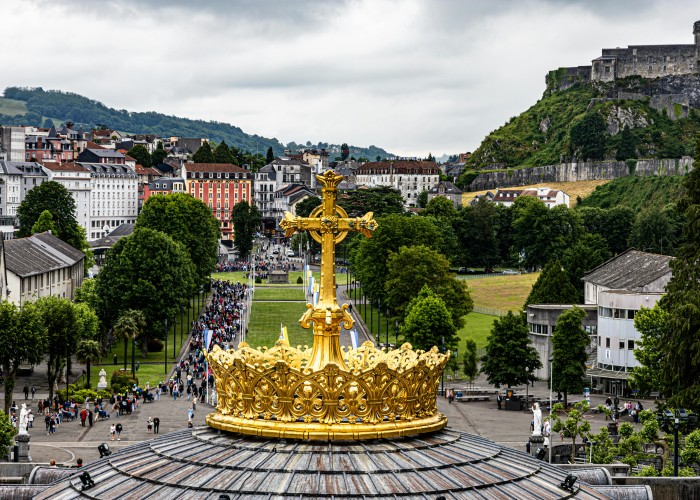
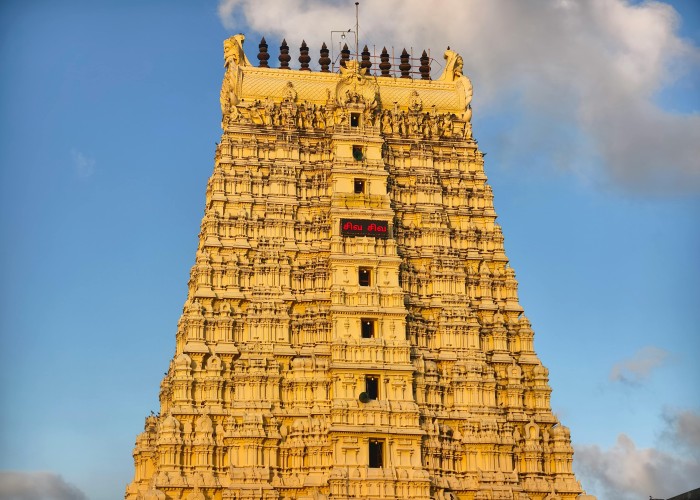
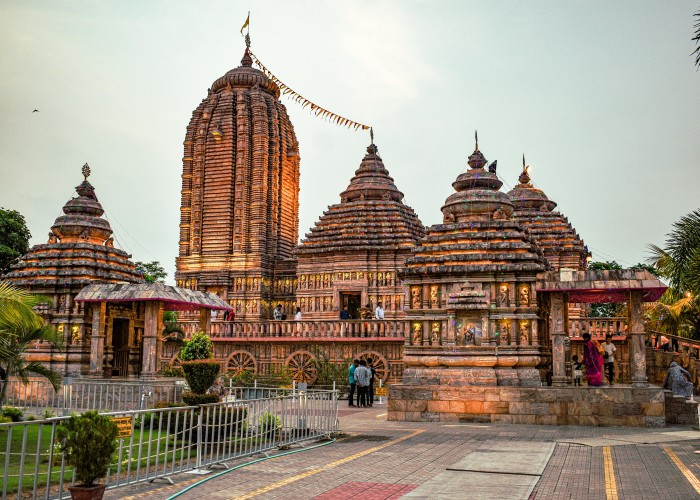
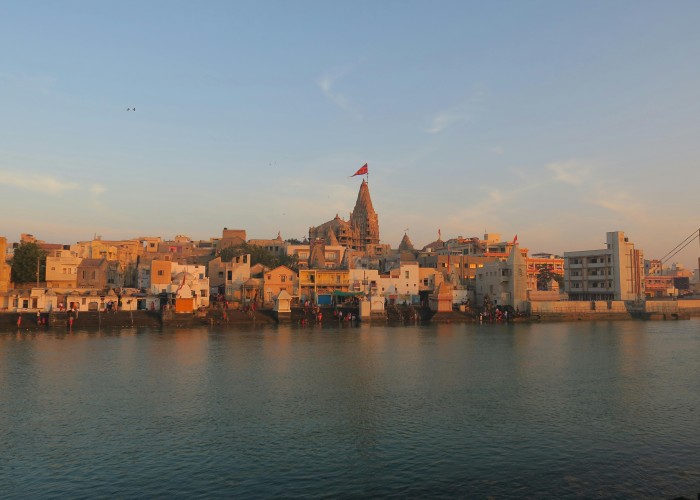
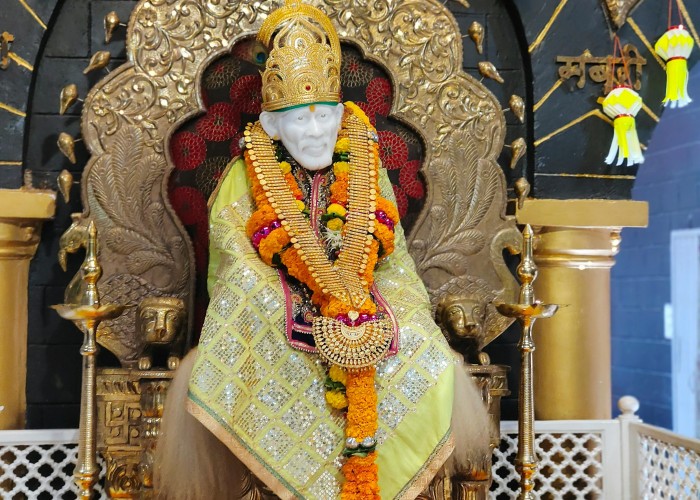
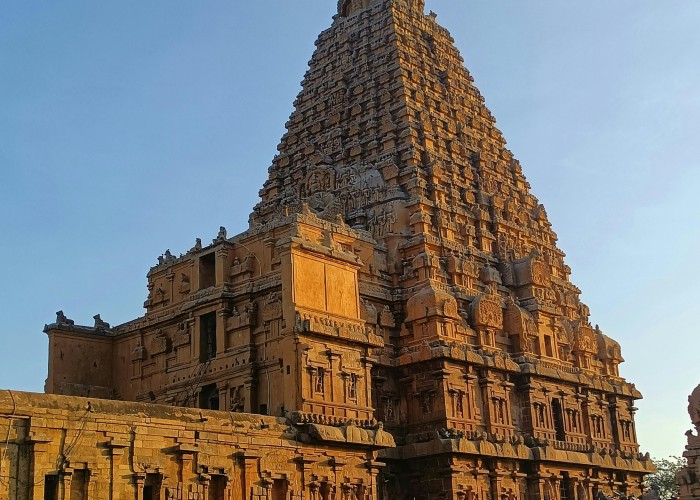
Leave a Reply